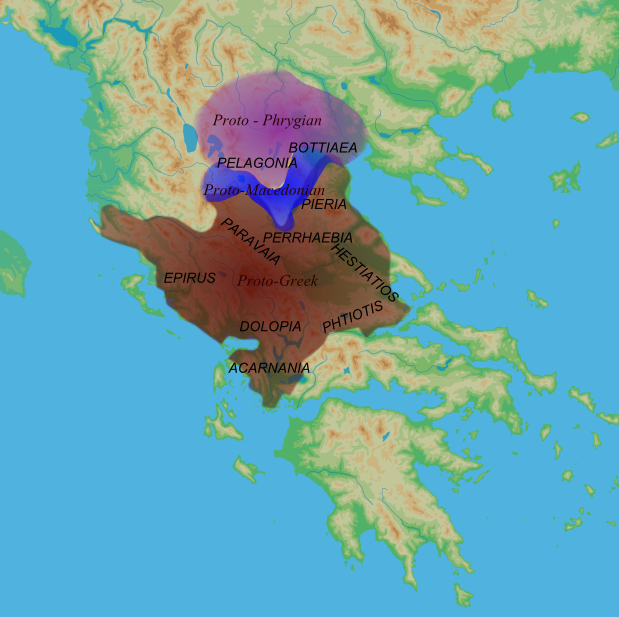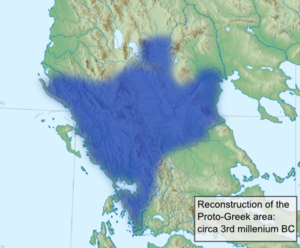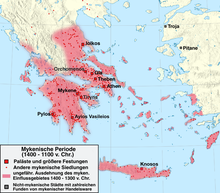Nik
Banned
- Messages
- 458
- Reaction score
- 114
- Points
- 0
- Ethnic group
- Albanian
- Y-DNA haplogroup
- E-V13>CTS9320>Z38456
I don't wanna get involved much, but wouldn't it be logical that the IE Proto-Hellenes would have to pass through either Epirus or Macedonia or both in order to eventually end up in Greece? Unless it's proven that they came from Anatolia.
With regards to Epirus and Macedonia, a lot happened in those lands and culturally they were more similar to the nearby Illyrians and Thracians then Greeks, with the exception of Aetolians. But even Aetolians seem to have had some Illyrian influence or some possibly Proto-Illyrian tribes settled there.
IMHO, all the confusion comes from using names such as Illyrian, Epirotan, Hellenes, etc. For me its not a matter of who was who, but who became who.
Culturally speaking and from the way of living, I believe the situation between the Pre-Greeks and Pre-Illyrians was the same, the Pre-Greeks being more urban and Pre-Illyrians more tribal. It's not really the merit of the true Hellenes what became to be known as the Greek Civilization as there was always a civilization in those lands. Lets not forget that outside the city walls the countrymen were probably not that different from the Illyro-Thracian barbarians. And we know also for a fact that many non-urban communities in Greece were still non-Greek speaking even until the 5th century BC, so being Greek was more of a social status rather than ethnic division.
Probably it was like being in the European Union
With regards to Epirus and Macedonia, a lot happened in those lands and culturally they were more similar to the nearby Illyrians and Thracians then Greeks, with the exception of Aetolians. But even Aetolians seem to have had some Illyrian influence or some possibly Proto-Illyrian tribes settled there.
IMHO, all the confusion comes from using names such as Illyrian, Epirotan, Hellenes, etc. For me its not a matter of who was who, but who became who.
Culturally speaking and from the way of living, I believe the situation between the Pre-Greeks and Pre-Illyrians was the same, the Pre-Greeks being more urban and Pre-Illyrians more tribal. It's not really the merit of the true Hellenes what became to be known as the Greek Civilization as there was always a civilization in those lands. Lets not forget that outside the city walls the countrymen were probably not that different from the Illyro-Thracian barbarians. And we know also for a fact that many non-urban communities in Greece were still non-Greek speaking even until the 5th century BC, so being Greek was more of a social status rather than ethnic division.
Probably it was like being in the European Union








